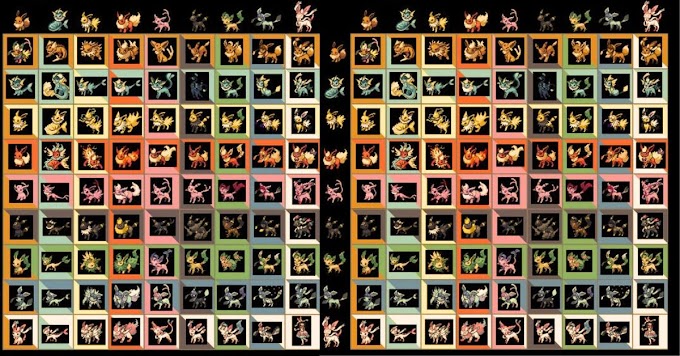Celsius to Fahrenheit Converter
Understanding the conversion between Celsius and Fahrenheit is essential for anyone dealing with temperature measurements. Whether you're travelling, working in a scientific field, or simply curious, knowing how to convert Celsius to Fahrenheit (and vice versa) is a valuable skill. In this comprehensive guide, we will delve into the origins of both Celsius and Fahrenheit scales, the formulas for conversion, and practical examples.
How to Convert Celsius to Fahrenheit Converter
- If you put the Celsius temperature in the box and click "Calculate," it will show you the same temperature in Fahrenheit.
- If you want to convert Fahrenheit to Celsius, just click "Swap Units," put the Fahrenheit and click "Calculate," it will show you the conversion quickly.
See Also: MG to ML Converter
What is Celsius?
Celsius, often abbreviated as °C, is a unit of measurement for temperature widely used in most countries around the world. It is named after the Swedish astronomer and physicist, Anders Celsius, who proposed the Celsius temperature scale in 1742. Celsius initially defined the scale based on the boiling and freezing points of water, setting 0°C as the freezing point and 100°C as the boiling point of water at standard atmospheric pressure.
History of Celsius
The Celsius temperature scale was first introduced by Anders Celsius, a Swedish scientist. The original scale was inverted compared to the modern scale, with 0 representing the boiling point of water and 100 representing the freezing point. Later, the scale was reversed to its current form to align with the more intuitive progression from colder to hotter temperatures.
What is Fahrenheit?
Fahrenheit, denoted as °F, is another widely used unit of temperature measurement, especially in the United States. The Fahrenheit scale was developed by Daniel Gabriel Fahrenheit, a Polish-German physicist, in the early 18th century. Unlike the Celsius scale, which is based on the properties of water, the Fahrenheit scale uses a mixture of water, ice, and salt.
History of Fahrenheit
Daniel Gabriel Fahrenheit introduced the Fahrenheit scale in the early 18th century, with 32°F as the freezing point of water and 212°F as the boiling point. He based the scale on the freezing point of a mixture of water, ice, and salt, which was believed to be the coldest temperature attainable at the time. Fahrenheit later refined his scale by adjusting the boiling and freezing points of water to the values we commonly use today.
How Many Celsius to Fahrenheit Formula
This formula takes the Celsius temperature, multiplies it by 9/5, and then adds 32 to obtain the equivalent temperature in Fahrenheit.
How to Convert Celsius to Fahrenheit
Converting Celsius to Fahrenheit is a straightforward process using the formula mentioned above. Here's a step-by-step guide:
- Take the Celsius temperature you want to convert.
- Multiply the Celsius temperature by 9/5.
- Add 32 to the result obtained in step 2.
- The resulting value is the temperature in Fahrenheit.
Celsius to Fahrenheit Conversion Example
Let's illustrate this with an example:
Suppose you have a temperature of 25°C and want to convert it to Fahrenheit.
Celsius to Fahrenheit Conversion Table
Here's a handy conversion table to quickly convert Celsius to Fahrenheit for common temperatures:
| Celsius (°C) | Fahrenheit (°F) |
|---|---|
| -40 | -40 |
| -20 | -4 |
| 0 | 32 |
| 10 | 50 |
| 20 | 68 |
| 30 | 86 |
| 40 | 104 |
FAQs
1. Why is Celsius used more than Fahrenheit?
Celsius is used more globally due to its simplicity and alignment with the metric system, which is widely adopted around the world.
2. Is there a quick way to estimate the conversion?
A quick estimation is to double the Celsius temperature and add 30 to get a rough Fahrenheit equivalent.
3. Who invented the Celsius scale?
The Celsius scale was invented by Anders Celsius, a Swedish astronomer and physicist, in 1742.
4. Is the Celsius scale based on water properties?
Yes, the Celsius scale is based on the boiling and freezing points of water at standard atmospheric pressure.
5. What is the freezing point of water in Fahrenheit?
The freezing point of water in Fahrenheit is 32°F.
6. Which countries primarily use Fahrenheit?
The Fahrenheit scale is primarily used in the United States and a few other countries that have adopted the imperial system.
Conclusion
Understanding how to convert Celsius to Fahrenheit is crucial in various contexts, from international travel to scientific research. The formulas and conversion table provided in this guide should equip you to make accurate temperature conversions with ease. Whether you're deciphering weather reports or working on scientific experiments, knowing how to convert between these two temperature scales will undoubtedly prove beneficial. Stay curious and keep exploring the fascinating world of temperature measurement! For more in-depth information, you can visit Wikipedia's page on Celsius and Fahrenheit temperature scales.




